
 |
Home | Kathmandu References | Contact |
Links To Photo Galleries
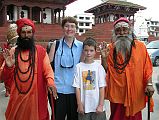
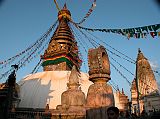
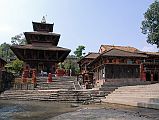
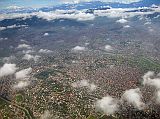
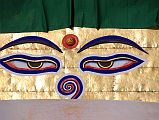
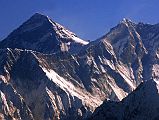
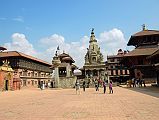
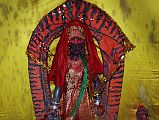
Links To Photo Galleries
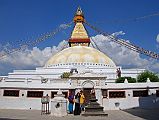
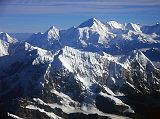
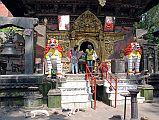
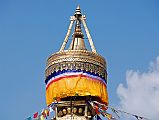
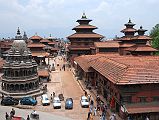
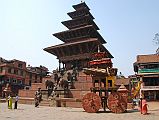
Links To My Youtube Videos
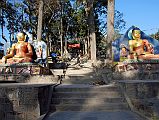
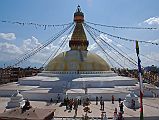
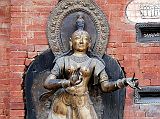
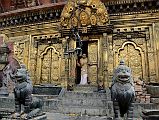
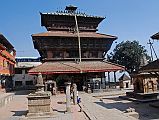
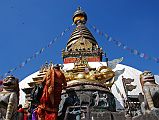
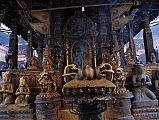
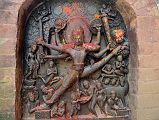
Updated: July 2013. Click on an image to see the FULL size with a caption. My Rating Scale: ***** Must See, **** Recommended, *** Good, ** See if you have time, * Skip
Kathmandu is Nepal's capital and biggest city. Each time I visit, Kathmandu gets more modern, a little more polluted, the t-shirts change, but the basic city stays the same. I love it. The Kathmandu Valley contains Kathmandu, Patan (south of the Bagmati River), and Bhaktapur (near Eastern foothills). You can travel to the rim for an early morning view of the Himalayan mountains nearby.
Lionel Terray's description of Kathmandu in the early 1960s in the book At Grips With Jannu still rings true today more than 45 years later:
"There Buddhism and the Hindu religion met and mingled. The civilization of India rubbed shoulders with that of Tibet without completely snuffing out the traditional customs of the country. All these cultures had thrown up a host of temples, pagodas, palaces and monuments, most of them profusely ornamental in style, a few of beautiful and elegant simplicity.
Noisy cars fill its streets, modern stores display the bad taste of their luxury goods, and amazing networks of every kind of metal wire envelope the delicate traceries of the temples like gigantic spiders' webs. Fortunately the place has not lost all its charm in spite of this swift transformation. The temples and palaces still stand; the inhabitants still wear their gay apparel and their smiles. Strange music is always to be heard at every street cornet. In the old quarters, in the Bazaar, where dwells a pungent odour of spices and urine, and where the sacred cows wander ceaselessly, the dark alleys are still lit up by the same colourful and rumbling swarm of men and women of all races.
I love Kathmandu and its valley, as I love all of Nepal."
I also liked Tad Wise's description of Kathmandu in the book he co-authored with Robert Thurman called Circling the Sacred Mountain : A Spiritual Adventure Through the Himalayas:
"We rev up and sail down this wide, windy arc of a road without distinct lanes, traffic flying around in not just two, but four directions; vehicles jostling for position like horses in a race. Much noise and insane bumps. Drivers bluffing, swerving toward each other, then away, cutting each other off. The air is awful, hopelessly polluted. Breathing through a bandanna, I squint at the sprawling crowds lazily moving out of the way of our horn. Motorcycles with Hindu women riding sidesaddle behind nylon-jacketed swains. The older ones have children hanging off the rig, one kid, two, three. I eventually see a family of five on a motorcycle, the youngest on the proud father's handlebars.
Behind wide concrete sidewalks ancient architecture buttresses up against Coca-Cola-ad-clad-shacks. Tee shirts sport images of Madonna, The Police, Kurt Cobain, and Michael Jackson. Their music is an aural pinup blaring from trashed transistor radios taped to bicycles and rickshaws. Like Playboy centerfolds staring out from a prison wall, they are the teasing promise of an always sexy, never hungry, never dirty, always American life plastered across the chest of Asia: dirty, hungry, ambitious, tired of being ignored, and willing to do anything."